Nature, people, and culture at heart of development
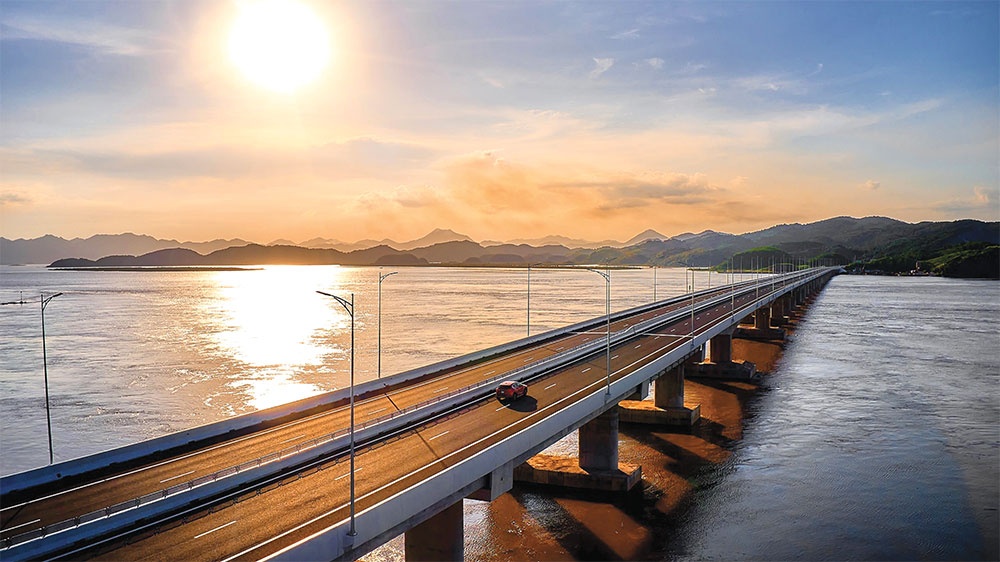 |
| Nature, people, and culture at heart of development, Photo Thanh Tan |
In February this year, the government approved the master plan of Quang Ninh for the 2021-2030 period with a vision towards 2050. The plan is the cumulation of the approach of the authority of Quang Ninh, in cooperation with McKinsey from the United States and Nikken Sekkei of Japan in particular.
The plan has identified Quang Ninh’s vision to develop sustainably with three main focuses on nature, people, and culture.
The province has also developed a three-in-one model in which industrial zones (IZs), urban areas, and service areas are at the core, supported by a system of synchronised technical and social infrastructure towards modernisation and creating unique essential services for a safe and civilised working and living environment.
It aims to be exemplary in every aspect with the firm goal of becoming a development hub of Northern Vietnam for tourism, economy, and culture.
With its advantage of being a port province, Quang Ninh has set its target the gross regional domestic products (GRDP) per capita to be $10,000 by 2025 and $19,000 by 2030. By 2045, Quang Ninh will have its economy focused on the service sector with world-class urban development, and be the spearhead of national economic development.
According to the plan, Quang Ninh will become a centrally managed city by 2030 with seven subordinate cities, making it a large metropolitan area with regional and international significance. In addition, the province will re-establish Tien Yen town to be a new modern urban area for northern Vietnam.
Work underway
To accommodate such large-scale development, the infrastructure and facilities of Quang Ninh also require synchronisation and modernisation to facilitate intra-provincial connection, regional links to Hanoi, Hai Duong, and Haiphong, and especially to mountainous and remote regions close to the Chinese border.
As a result, Quang Ninh has already been working on some transportation facility projects, such as Rung Bridge, Lai Xuan Bridge, and several connecting routes to Haiphong, Lang Son, and the national highway networks.
Railway connections have also been strongly invested in. According to the plan, there are three new urban railway lines on the way for the province.
The first route involves Dong Trieu, Uong Bi, Quang Yen, and Halong, connecting with Hai Duong and Haiphong; the second covers Halong, Cam Pha, and Van Don; and the third route is Hai Ha to Mong Cai.
With the advantage of hundreds of islands and a long coastline, Quang Ninh has also clearly identified its strategy to develop seaports and logistics centres. Its key seaports such as Nam Tien Phong, Con Ong-Hon Net, Hai Ha, and Mui Chua, which will be supported by Van Don International Airport, will contribute to promoting the provincial economy.
Van Don will continue to be expanded, both in passenger and cargo plane capacity. It targets to be able to handle five million annual passengers by 2030 and become a greener airport at the same time. Before 2050, Quang Ninh also wants to build a specialised airport on Co To Island.
Over the last seven years, Quang Ninh’s regional GDP development reported two-digit increases, being labelled as a great success in the modernisation process.
In 2020, the province posted an estimated regional GDP growth rate of 10.05 per cent, and around the same level in the following two years. The size of Quang Ninh’s economy is estimated to have reached VND269 trillion ($11.35 billion) by the end of 2022, only following Hanoi and Haiphong. This is nearly a 5-fold increase compared to 2010. The total budget revenue in the past three years was $6.6 billion, around three-quarters of which is domestic revenue.
In the 2015-2020 period, the total social investment in the period was estimated at nearly $14.5 billion, or 1.6 times higher than the figure recorded during 2011-2015. Among those, the investment from businesses accounted for nearly $12.6 billion, accounting for 80 per cent of the total investment. Among the investors have been reputable names from Vietnam and abroad, such as Sun Group, Vingroup, Tuan Chau, Texhong, Amata, and DEEP C.
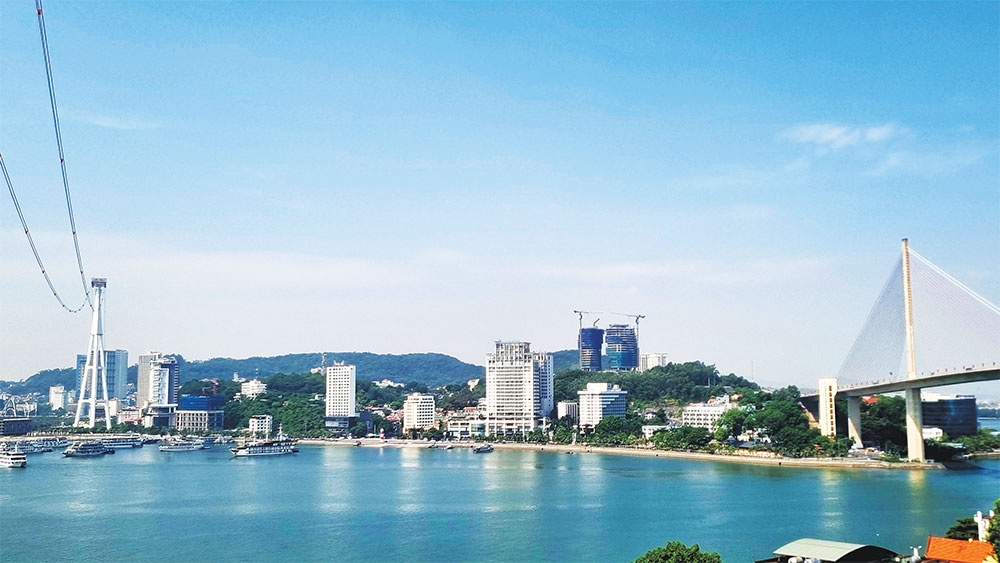 |
Continuing to move forward
With these investment streams, Quang Ninh has become one of five localities with the highest rate of urbanisation (62.5 per cent) with four cities and two towns. It also boasts the best transportation infrastructure in northern Vietnam with roads, sea routes, and international airports. The province has nearly 200km of highway, covering 10 per cent of the total highway length of the country), and the first international airport and specialised seaports that are funded by social funds.
To date, there are 11 IZs in Quang Ninh. Quang Yen is a designated seaside zone; Van Don is planned to become a modern and smart green urban island area and will be a symbol of the modernisation of Quang Ninh; and Mong Cai Economic Zone is set to become a key area for Vietnam under the recently amended overall planning scheme for its development until 2040.
Nguyen Xuan Ky, Secretary of Quang Ninh Party Committee said, “The development plan of Quang Ninh has been taken under consideration to be suitable for the national and regional development strategies. It targets moving from a brown economy based on coal mining to a green economy driven by tourism and services. Along with economic growth, developing culture and people is also a point of focus within the big picture.”
Quang Ninh is well positioned to continue accelerating in the current and future shift towards sustainable and green development, Ky added. “This is a major goal of our current planning, and I’m sure that our preparation will result in more investment and more development once it is clear that we are ready to embrace the future with our strategic vision,” he said.
Thanks to the early development and adoption of the development plans, along with coordination across different departments and authorities; Quang Ninh is set to take advantage of its heritage to become an important part of the nation's development.
| To date, Quang Ninh People’s Committee approved the district master plan for six of seven districts, namely Ba Che, Tien Yen, Dam Ha, Binh Lieu, Co To and Van Don. In addition, five of six districts are approved the Urban Development Programme of Quang Ninh Province, including Halong, Cam Pha, Quang Yen, Dong Trieu and Mong Cai. Three of the five economic zones (EZ) have had their general construction planning approved, which combine Van Don, Mong Cai border-gate EZ and Hoanh Mo-Dong Van border-gate EZ. |
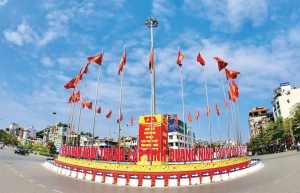 | Decades of miracles light Quang Ninh’s way Quang Ninh has experienced miraculous development in the past and at present. Now, the northeastern province is gearing towards modernity and sustainability, with myriad new opportunities. |
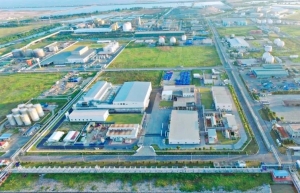 | DEEP C Quang Ninh’s modern and green industrial marvel Targeting to build a multi-sector industrial area to engage high-tech and environmentally friendly projects along with seaport development, DEEP C Industrial Zones Quang Ninh is creating an ideal rendezvous for investors. |
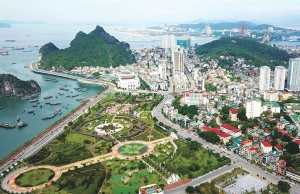 | Quang Ninh beauty as seen by outsiders Whether experts, leaders, managers, or workers, they all have a special affection for Quang Ninh after coming to experience it. Here are some of those opinions on the northeastern province. |
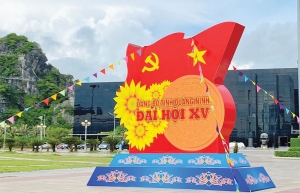 | Reform across the board for Quang Ninh Over past years, the northeastern province of Quang Ninh has been winning plaudits for its non-stop efforts to modernise. |
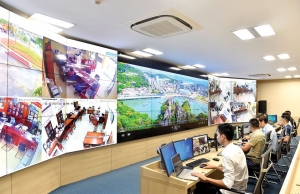 | Quang Ninh facing up to digital reality Quang Ninh province is ahead of the curve in exploiting digital opportunities and deploying strong application of IT. |
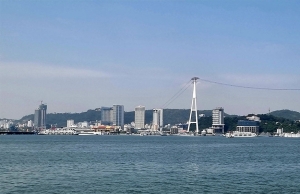 | Quang Ninh builds as international tourism hotspot In realising the goal of becoming a top tourism hub connecting with the surrounding area and beyond, Quang Ninh is promoting investment in modern infrastructure, focusing on developing quality and diverse products and tourism models. |
 | High-quality foreign investing takes shape in industrial areas Quang Ninh province’s investment capital attraction achieved high results thanks to planning solutions, removing difficulties in clearance, and selecting new-generation foreign inflows. |
What the stars mean:
★ Poor ★ ★ Promising ★★★ Good ★★★★ Very good ★★★★★ Exceptional
Related Contents
Latest News
More News
- Global partnerships key to Vietnam’s IFC development (December 26, 2025 | 16:18)
- Vingroup pulls out of bid to invest in North-South high-speed railway (December 26, 2025 | 11:42)
- Strengthening supply chains through trade promotions and customs reform (December 24, 2025 | 14:00)
- PM orders investment model for North–South high-speed rail (December 22, 2025 | 17:43)
- LS Eco Energy to invest in Vietnam rare earth sector (December 22, 2025 | 17:31)
- Government moves to establish International Financial Centre (December 21, 2025 | 21:00)
- Vietnam's IFC to target global investment flows (December 21, 2025 | 18:00)
- Two national hospitals expand capacity with new facilities (December 20, 2025 | 09:00)
- Ha Tinh breaks ground on major Vingroup industrial and energy projects (December 19, 2025 | 18:24)
- EVN launches major power infrastructure projects nationwide (December 19, 2025 | 18:17)

 Tag:
Tag:




















 Mobile Version
Mobile Version